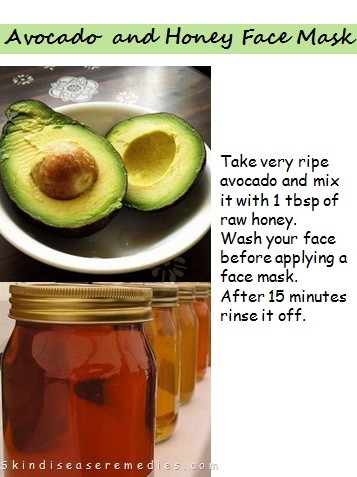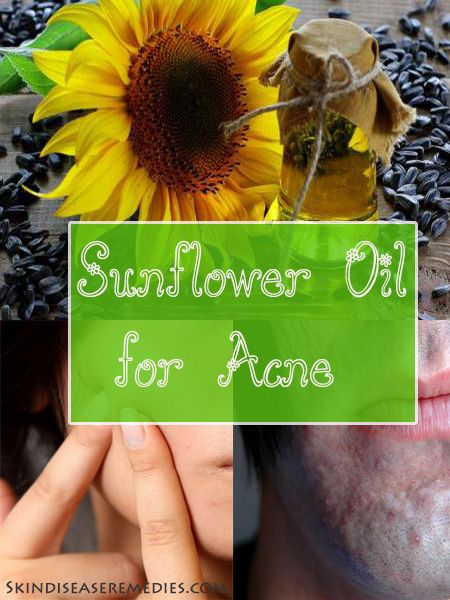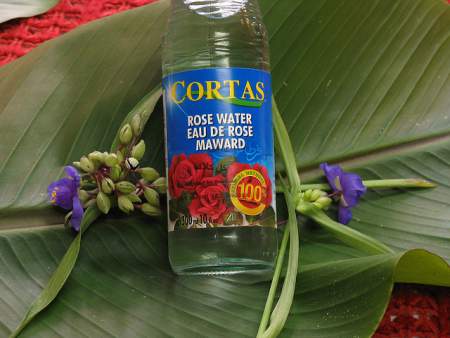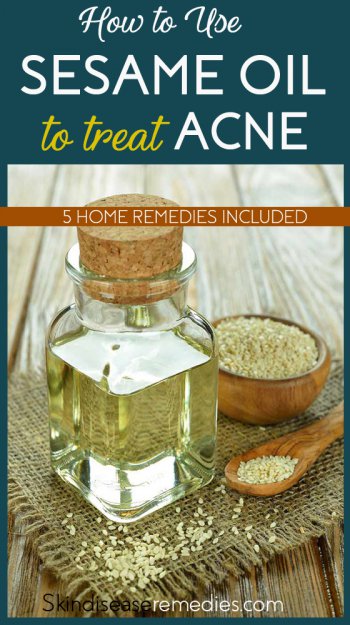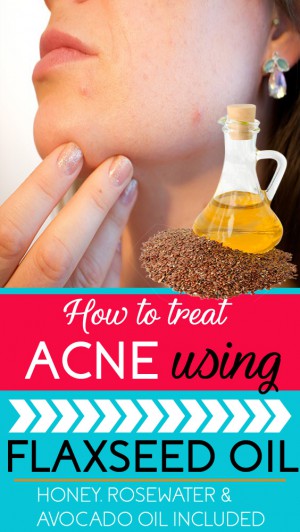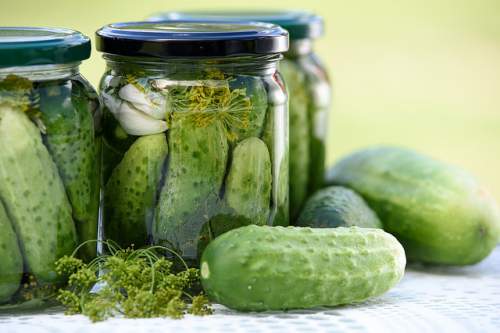
Though this water-rich vegetable may look humble, it is loaded with cosmetic benefits that essential for your skin. Stay tuned, you’ll learn benefits of cucumber for acne and how to reduce its scars in few minutes.
Anti-inflammatory, antibacterial and healing abilities housed in cucumber are something which can’t be ignored.
With its admirable nutritional benefits, you can use cucumber for pimples and to reduce other skin ailments.
Who Gets and What Causes Acne?
Acne is the most common skin disease, caused by excess sebum production, dead skin cells, and bacteria.
Mayoclinic states, hormones play vital role in excess sebum production, thus teenagers are prone to get acne blemishes. However pregnant women and adults may have acne marks on their face.
Sebum overflows from the skin and gets accumulated with dead skin cells forming bump over the skin. In rare cases, these bumps may turn to severe wounds. Though there is no health issue associated with acne blemishes, it may isolate you from social life.
Cucumber is beneficial when ingested, due to vitamin A, potassium and antioxidant properties it thwarts free radicals in the body. However, beauty experts claim it soothes acne blemishes when used topically.
Also read: Try this cucumber mask for skin lightening
Is Cucumber Good for Acne?
pH of your skin and that of cucumber are identical. Thus, it stands as an unrivaled remedy to enhance the natural healing process.
Asha Pran, author of “Diamond Beauty Guide” writes in her book, cucumber juice when topically applied over the skin, opens-up acne lesions. As a result, all the impurities and dead cells accumulated under a pimple wipe away.
In the book “Natural Beauty Secrets from India” it’s quoted that cucumber juice is an astringent, which aids to clear unwanted acne lesions and restrain new pimple growth.
- Silica housed in cucumber exhibits skin restorative properties. It also shows anti-acne and anti-wrinkle properties.
- Renowned for its rich water content (90%), this home available ingredient can keep your skin well moisturized.
- This cool cuke includes antioxidants agents like Beta-carotene, Alpha-carotene, lutein, and zea-xanthin in its arsenal. These properties fight free radicals and infection-causing bacteria over the skin.
- Skin tightening and astringent abilities housed in cucumber help to wipe impurities and shrink skin pores.
- Essential vitamins like A, C and E are housed in cucumber that makes your skin supple.
- Astringent ability of cucumber helps to treat acne and reduce the appearance of acne scars.
- Healing property residing in cucumber fasten the healing process of acne blemishes.
- Cooling and calming effect of this vegetable help to reduce inflammation and redness on
- Vitamin E residing in cucumber help to thwart free radicals, as it exhibits antioxidant property.
- When you place sliced cucumber over swollen red acne lesion, its anti-inflammatory agents soothe skin by reducing inflammation.
- According to Livestrong.com, cucumber, when ingested or topically applied, can abate acne blemishes.
- Not only it treats acne, cucumber juice with its restorative properties improves the hue and promotes even skin texture.
How to Use Cucumber for Acne?
Though some pricey creams can treat acne they fail to fade scars. Here comes cucumber, along with treating acne, its antioxidant and anti-inflammatory properties soothe skin and lighten the appearance of acne scars.
Though scars are no harm to your health or have no pain, they are quite annoying and ruin your appearance. (You can also use jojoba oil to remove acne scars)
Regularly apply this cool cuke directly or as a face mask, soon you’ll see spotless even skin texture.
#1 Cucumber Face Mask for Acne
As mentioned above you can either consume cucumber or apply its juice over the skin. We recommend both. Eating cucumber for acne will hydrate you from the inside and keeps free radicals at bay. And topically it acts as a moisturizer.
- Take fresh cucumber (without yellow spots on it), peel the skin off. Slice them into thin pieces.
- Place them in a pitcher, fill it with water.
- After an hour, apply this water to acne blemishes.
Making cucumber and honey face mask for acne.
Things you’ll need
- Cucumber – 1
- Raw honey – 1 tbsp
- Lemon juice – few drops
Procedure
- Blend cucumber into a fine paste and add all listed ingredients to it.
- For sensitive skin limit the use of lemon juice.
- Apply the mask over prewashed face.
- Rinse it off after 15 minutes.
#2. Yogurt and Cucumber
Lactic acid residing in plain yogurt is known to remove dead cells piled on your skin. Zinc, calcium, and B-vitamins residing in yogurt help to treat acne and make your skin supple.
- Take 1 tbsp of cucumber pulp and mix it with 1 tbsp of plain yogurt.
- Also, add 1 tbsp of oatmeal powder to the above mixture.
- Optionally, add 1 2 tsp of raw honey to make it more effective.
- Apply the obtained face mask to your acne affected skin.
- Allow it to dry naturally for 15-20 minutes and then rinse it off with water.
#3. Cucumber, Tomato Juice, and Sandalwood
Salicylic acid residing in tomato juice helps to treat acne blemishes. Its astringent ability help to clear skin pores and tighten your skin.
Sandalwood powder is packed with anti-inflammatory, healing and skin whitening properties. Its application will lighten the appearance of acne scars.
- Peel the cucumber and mash it into a smooth paste.
- Add 2 tbsp of sandalwood powder and 3 teaspoons of tomato juice.
- Mix thoroughly and apply it on the prewashed face.
- Rinse it off with water after 15 minutes.
#4. Cucumber Juice for Acne
Housed with assorted nutrients listed above, cucumber juice can also help to tone your skin and make it radiant.
- Extract juice from cucumber and add sugar to it.
- Take a cotton ball and apply the juice to your face evenly.
- Allow it to dry naturally for 15 minutes and then rinse it off with water.
#5. Cucumber and Lemon Juice
Lemon is packed with antibacterial, antioxidant and bleaching abilities that are essential to combat acne.
However, excess use of lemon juice will leave your skin sensitive towards sunlight.
- Mix 2-3 drops of fresh lemon juice to 2 tbsp of cucumber pulp.
- Add rose water to reap its moisturizing benefits.
- Wash your face with lukewarm water and then apply this mask evenly.
- Leave it to dry naturally.
- Wash it off with water.
#6. Cucumber and Olive Oil
Antibacterial and antioxidant agents loaded with olive oil help to fight acne-causing bacteria and also reduce redness.
Vitamin E residing in the oil promotes collagen production and improves the elasticity of your skin.
- Mix 1 tablespoon of extra virgin olive oil with 3 tbsp of mashed cucumber pulp.
- Optionally, add honey, milk cream and lemon juice to the mask.
- Mix well and apply it to acne affected skin.
- After 15-20 minutes, rinse the mask with water.
#7. Cucumber for Acne Scars
Nutrients residing in cucumber face mask are enough to reduce the appearance of acne scars. To make it more effective, add aloe vera gel.
Aloe vera is prominent for healing, calming and moisturizing benefits.
- Mix 2 tbsp of cucumber pulp with 1 tbsp of aloe vera gel.
- Optionally, add few drops of lavender essential oil.
- Apply the mixed mask on your face and leave it to dry naturally.
#8. Fuller’s Earth and Cucumber for Pimples
Multani mitti or fuller’s earth is renowned for its cosmetic benefits. Topical application of this natural ingredient will remove excess sebum from your face and lighten the appearance of scars.
Mix rosewater with this paste. Packed with antibacterial, anti-inflammatory and antioxidant properties, rosewater is known to treat acne.
- Mix 2 tbsp of fuller’s earth with 3 tbsp of mashed cucumber pulp.
- Add required amount of rosewater to obtain thick paste-like
- Wash your face with lukewarm water and pat dry using a soft cloth.
- Now, apply the paste to acne affected skin and leave it to dry naturally.
- Rinse it off with normal water after 15 minutes.
#9. Gram Flour and Cucumber to Treat Acne
Chickpea flour or gram flour is prominent to remove impurities, excess sebum and treat acne lesions.
Mix turmeric to this face mask. It is packed with antibacterial and anti-inflammatory abilities that can reduce acne inflammation.
- Mash 1 fresh cucumber in to paste.
- Add 2 tbsp of gram flour and 1 teaspoon of turmeric powder to it.
- Add rosewater to obtain thick paste-like
- Apply the face mask on your face and allow it to dry for 15 minutes.
#10. Cucumber and Neem Leaves
Benefits of Neem leaves for skin are abundant. Anti-inflammatory, anti-fungal and antioxidant properties residing in neem leaves are needed to obtain acne free skin.
- Mash few fresh neem leaves into a paste.
- Add the neem paste with mashed cucumber pulp.
- Mix distilled water to make it a thick paste.
- Apply the mask on your acne-prone skin and leave it to dry naturally.
#11. Cucumber and Baking Soda
Anti-septic and anti-inflammatory abilities exhibited by baking soda are essential for treating acne.
- Mix 1 teaspoon of baking soda with 1 tbsp of cucumber pulp.
- Apply the face mask to your skin and leave it to dry naturally.
- After 15 minutes, rinse it off with water.
Important Tips
Regular application of any of these ingredients is essential to treat acne.
Apart from topical application, ingest cucumber sliced and avoid foods that trigger acne.
Anecdotal reports claim that stress triggers skin ailments. So, avoid it. Lavender essential oil is prominent to reduce stress.
Reports also claim that few chemically incorporated creams may trigger skin ailments like dermatitis. So, it’s good to avoid it them too.
Did you ever use cucumber to treat acne or to reduce acne scars? Share your thoughts below and lets us know how this cool cuke helped you.
References
http://www.whfoods.com/genpage.php?tname=foodspice&dbid=42
http://www.mayoclinic.org/diseases-conditions/acne/basics/definition/con-20020580
Diamond Beauty Guide – Asha Pran
Natural Beauty Secrets from India – Roshni Dayal

